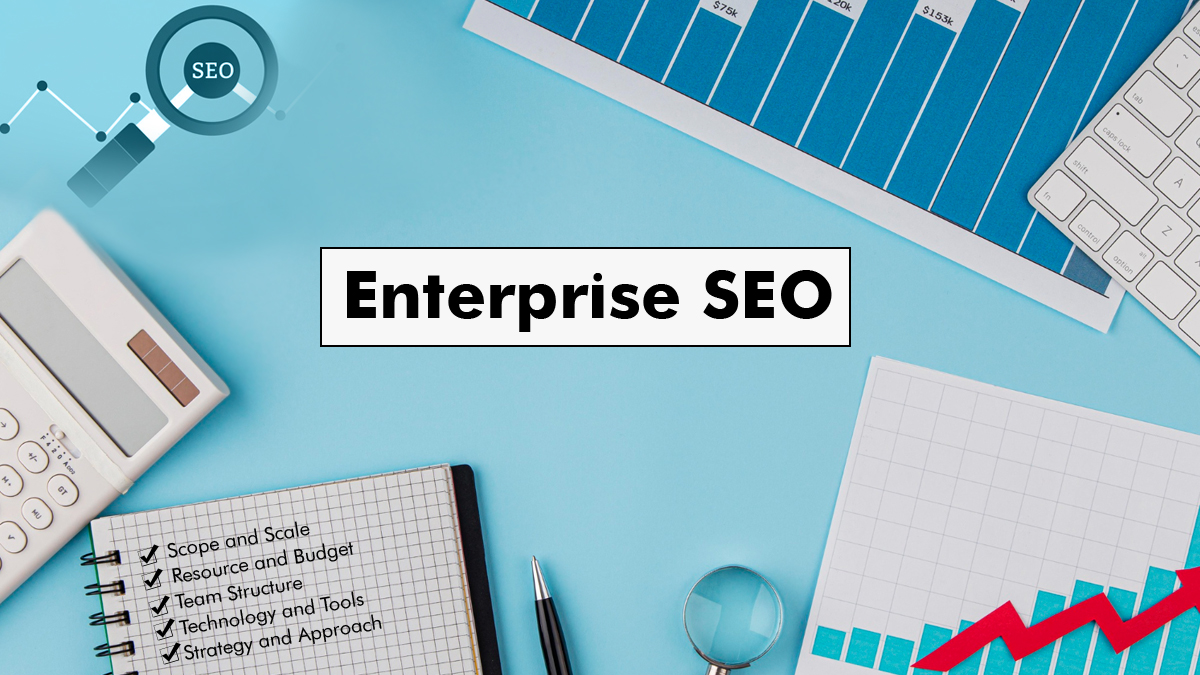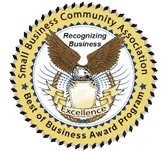To run and grow your online business smoothly, you need to implement the latest and most effective SEO strategies. Even though eCommerce SEO services make your website crawlable, and display keywords, you want to rank on SERPs and display authority via content and backlinks.
The on-page SEO seems extremely important once you optimize the website framework and keywords. Here, you will learn the components and steps of on-page SEO for eCommerce websites.
Key Components of On-Page SEO for eCommerce
Here are some of the most vital concepts to improve on-page SEO for your eCommerce website and win over maximum traffic:
Keywords
You need to use the perfect keywords for your content if you want maximum target customers to find your online store. Make sure you optimize keywords for both users and search engines. You can use many keyword research tools, such as Ahrefs Keyword Explorer, Google Search Console, Google Correlate, Google Trends, Wordtracker Scout, and Keyword Shitter.

Below are some tips for using the discovered keywords:
- Use the most vital keywords in titles, headers, subheaders, paragraph copies, product descriptions, meta titles, image file names, ALT text, and URLs.
- Add details (such as delivery costs, customer reviews, and return policy) on the product pages.
- Write a helpful guide for users to add the relevant keywords.
Product Pages
People visit your online store to browse and buy products, and thus you should have product pages to meet customer demand. Evaluate your competitors’ websites to identify factors on which you need to work on.
Look for the following things during evaluation:
- Multilingual websites
- Product page design colors and features
- CTA numbers and display
To boost on-page SEO and not hurt your ranking, delete unavailable products from the index. Compare the total number of pages in Google Search Console with indexed pages from your Sitemap and Google organic. Ensure only Sitemap pages are open for Google indexing.
Category Pages
Online store owners tend to pay the maximum focus on product pages, website home pages, and landing pages. However, you should highly focus on category pages in the catalog as they directly affect conversions and search engine ranking.
If website visitors don’t like your category page, they won’t even open product pages! To optimize your category pages, monitor these metrics below:
- Conversion rate
- Engagement
- CTR
Revenue per visitor
Blog
Earlier, blogging was mainly considered an additional entertainment. Nowadays, blogging is an influential tool for eCommerce websites. A blog helps your eCommerce website deliver enriching information to customers, gain their trust, and form relationships. When you add popular keywords to your blog posts, you can attract more visitors to your website.
Make sure your blog posts include queries that boost search engine ranking. The posts should answer customers’ FAQs, have attractive visuals to break up the text, and links to all product and category pages to promote engagement.
Proofread a blogpost to identify and fix errors before posting them.
Steps of On-page SEO for eCommerce
You should always take the right steps to improve on-page SEO for your eCommerce website. Find such steps below:
Optimize Titles and Meta Descriptions
Online stores of all sizes contain hundreds to thousands of web pages. So, it’s next to impossible and time-consuming to write meta tags and descriptions for every web page. Many businesses add templates to meta tags. But, this approach works with Google and targets customers. Thus, you need to find something in the middle.
Put optimum efforts to write search-engine-optimized tags for the most crucial web pages and use a template for the rest of the web content. So how should you find the most vital web pages? The ones already rank in the top 10 search results for at least one keyword.
When writing meta descriptions, use the pointers below:
- Add your ordinary keyword
- Use certain long-tail keyword variations
- Include action words such as Buy, Click, Sale, Free, and Learn
- Specify your USP (such as Free Delivery, Free Returns, and Next Day Delivery)
- Optimize CTR drafting compelling meta descriptions
Your templates need to be different for every web page depending on categories and sub-categories. When writing product and category page descriptions, write approximately 1000 words.
Remember, long-form content ranks high on Google. So, add a target keyword three to five times to your content.
Optimize URLs
Online shoppers don’t link messy URLs, and thus, your website should have clear and easy-to-read URL slugs or permalinks. Try creating these types of URLs below:
- yourdomain.com/category-name/subcategory-name/subcategory-name/product (product page)
- yourdomain.com/category-name (category page)
- yourdomain.com/category-name/subcategory-name (subcategory page)
- yourdomain.com/category-name/subcategory-name/subcategory-name(sub subcategory page)
Follow the tips below to write an effective URL:
- Keep it short
- Add primary/head keyword
- Build the hierarchy
- Maintain clarity in the page context
- Use hyphens to distinguish words
- Don’t use spaces, underscores, and other special characters
Write Catchy Product and Category Descriptions
Nowadays, online marketplaces are more common than brand-exclusive websites. If you have an eCommerce website, you should write catchy product and category descriptions. Just make sure that the descriptions are at least 1000 words.
However, there are exceptions. Your product and category descriptions should be unique and intriguing. Don’t copy and paste descriptions from a manufacturer’s website. You should write the content yourself to prevent the Google penalty.
Add a Schema Markup to Create Rich Snippets
Schema is a unique code that gives search engines a clear understanding of your website content. You should get Schema markup on your online store product pages. Google has a great Structured Data Markup Helper to assist you in implementing such markups.
Besides helping in capturing searchers’ attention, Schema Markup delivers more information related to your products. It can boost the CTR by 30%.
The Bottom Line
SEO is crucial for Shopify and other eCommerce websites, which are currently doing well and increased the paid traffic drive. Thus, your online store needs to attract maximum organic traffic to grow and expand consistently.
If you effectively implement the right on-page SEO tactics on your eCommerce website, it drives quality traffic and increases sales significantly.
SEO doesn’t deliver the desired results in a day. You need to wait for days, months, and maybe a year for your wishes to come true. Follow the tips mentioned in this comprehensive guide to implant on-page SEO for your eCommerce website. Once you are done with on-page SEO, you need to focus on technical SEO to boost your online presence, capture maximum target customer attention, and grow your online business.


























 RSS Feeds
RSS Feeds